Improving control of IB variants in layers and breeders
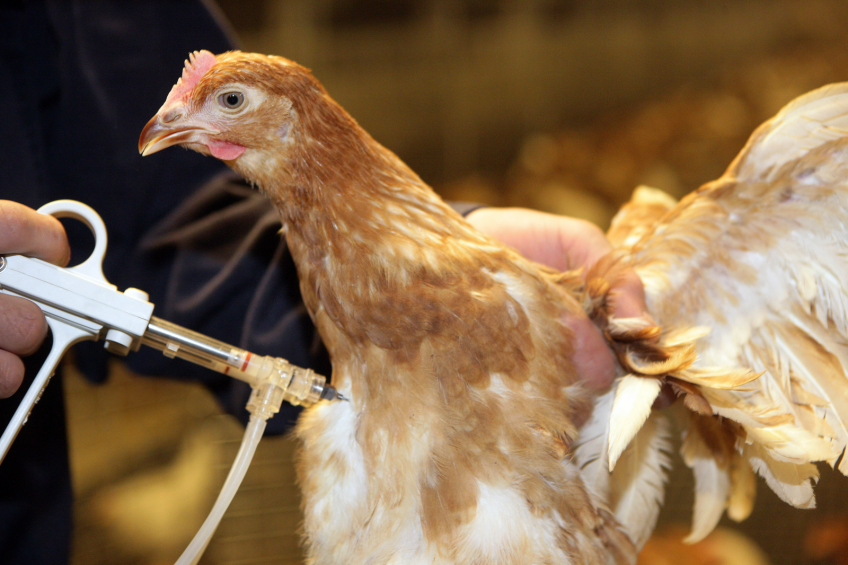
The ever-changing nature of IB variants continuously challenges the ability to control them. Careful use of two already available genetically different live-attenuated vaccines and an inactivated vaccine containing two different antigens might improve protection against most, if not all, the IB variants emerging worldwide.
By Jane K. A. Cook, Consultant Microbiologist, MSD Animal Health
Infectious bronchitis (IB) continues to be one of the most important diseases of chickens of all ages worldwide. The difficulty to combat IB lies within the IB virus itself. Infectious bronchitis virus (IBV) is a coronavirus and as such is a single-stranded, positive sense RNA virus. The practical significance of this is that it can change continually and randomly by two methods: genetic recombination and random mutation. IBV contains three main structural proteins, of which the surface glycoprotein, often referred to as the ‘spike’, is the most important with regard to vaccination and protection. This determines the antigenic character of the virus and is responsible for inducing virus neutralising antibodies. Changes here can lead to the emergence of IB variants. These cause major problems today in relation to how IB is controlled by vaccination.
Virulent variants
Some IB variants, such as Massachusetts, continue to be found almost worldwide many decades after they were first reported, whilst others persist for a short period. Furthermore, the ones of economic importance change with time. It appears that the prevalent IB variants are showing particularly strong virulence at the present time. All these factors challenge control strategies! For many years, the commonly held view that a new IB vaccine was needed to combat each new variant caused concern to veterinarians and regulatory authorities. Fortunately because of the understanding of the concept of ‘protectotypes’ this is no longer the case. By incorporating into the vaccination programme two widely available IB vaccines that are antigenically and genetically very different from each other we can broaden protection against IB variants.
In order to understand this concept, we must return to consider how IB variants arise. These arise by spontaneous mutation or genetic recombination and involve only a very few changes to the genetic structure of the virus. These changes can occur anywhere and many of them will be of no importance either to the virus itself or to our ability to control it. However, if they occur in the spike genome they are much more likely to be significant and to result in the emergence of a major new variant. This will have arisen as a result of only a very few changes to the virus so most of the virus is unchanged. This is the important fact on which the concept of broad protection is based.
Control depends upon vaccination
Because IB virus is ubiquitous and spreads rapidly it is impossible to exclude it completely by hygienic means. Thus control depends on increasing resistance of the bird by vaccination. Live-attenuated vaccines are used to prevent and control infection in broilers. However, use of such vaccines alone is not adequate for the lifelong protection of future breeders and layers. It is necessary to ‘prime’ such birds during the rearing period by administration of two or more applications of live-attenuated vaccines. Increasingly vaccines of two different antigenic types are used to broaden protection. This is followed by the injection of inactivated vaccines prior to onset of lay. This dual approach of using both live-attenuated and inactivated vaccines is essential. In the case of IB, inactivated vaccines are not effective when used alone, but must be preceded by a programme of live-priming.
Concept already used in broilers
To demonstrate the dual approach concept, MSD Animal Heath performed studies in young birds using two different live-attenuated IB vaccines – the Ma5 (Massachusetts) and 4/91 vaccines. 4/91 belongs to the variant group also called 793B. These two vaccines are very different from each other antigenically and genetically, so were ideal candidates. Using a vaccination programme including these two vaccines, then challenging with different IB variants isolated from diseased flocks worldwide, it was shown that the protection against variant IB challenges is vastly improved. This concept is now widely accepted and used in many parts of the world.
Improved protection of laying and breeding birds
When working with laying hens and breeding birds it is obvious that the birds have to be protected during a longer life span. Can the concept of broadening protection by using two very different IB vaccines be extended to improve the performance of such birds where it is essential to also use inactivated IB vaccines? Box et al in the late 1980s looked at the egg production of individual, vaccinated hens with known IB HI antibody titre and showed a clear correlation between high antibody titre and protection against a drop in egg production, thereby demonstrating that careful live priming, followed by injection of inactivated vaccine provides good protection against the effects of IB challenge during lay.
With the emergence of so many new IB variants it is necessary to determine which vaccines will protect against the effects of IBV on egg laying performance. However, it is difficult to study this experimentally by performing challenge studies in laying hens, because the large groups of adult hens needed to study egg production, cannot be maintained experimentally. Therefore an experiment was carried out by MSD Animal Health in layer birds that had been primed with the live-attenuated IB vaccines Ma5 and 4/91, then given a Massachusetts inactivated vaccine prior to onset of lay, and challenged with a pathogenic field strain of the 4/91 variant. Instead of quantifying egg production, protection was assessed at the level of the trachea at the end of the egg laying cycle (56 weeks).
It was found that the unvaccinated, challenge control group were not protected against challenge, but protection was over 90% in the vaccinated group. This shows clearly that at 56 weeks of age, some 40 weeks after the injection of the inactivated vaccine, the respiratory tracts of these hens were still well protected against a high IB challenge. The chickens were also blood tested regularly and a good neutralising antibody titre to 4/91 was detected until the end of the study. Significantly, specific neutralising antibody was also detected against several genetically different IB variants, not present in either the live-attenuated or inactivated vaccines applied. It seems likely that protection of layers and breeders against many IB variants can be achieved without the presence of a vaccine to that specific variant being included in the vaccination programme.
Improving protection
It is interesting to speculate whether this broad protection of laying hens could be improved even further if an inactivated IB vaccine including more than one IB antigen, such as Nobilis IB, which was used in the programme. Nobilis IB contains antigen from both Massachusetts and the D207 (D274) variant. These two IB variants have been shown by molecular analysis to be structurally very different from each other and are therefore two valuable IB antigens to include in any vaccine.
Whilst no experimental studies have been performed to test the broad protection efficacy of this bivalent, inactivated IB vaccine, the experience with using only live-attenuated vaccines to protect broilers and to prime future layers and breeders, plus the study showing broad protection in layers using two live-attenuated vaccines for priming followed by a monovalent inactivated vaccine, suggest that protection might be improved even further if an inactivated vaccine containing two different IB antigens was incorporated into the vaccination programme.
References and protectotypes data available upon request.
Join 31,000+ subscribers
Subscribe to our newsletter to stay updated about all the need-to-know content in the poultry sector, three times a week. Beheer
Beheer

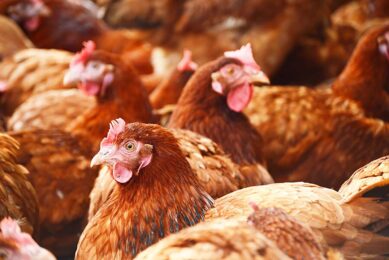
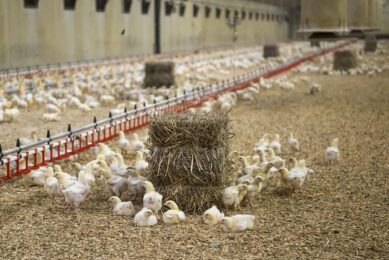
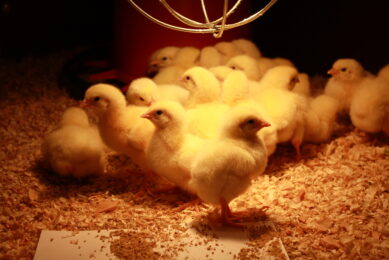
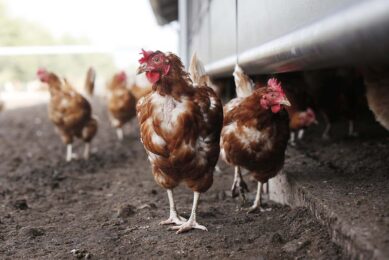



 WP Admin
WP Admin  Bewerk bericht
Bewerk bericht